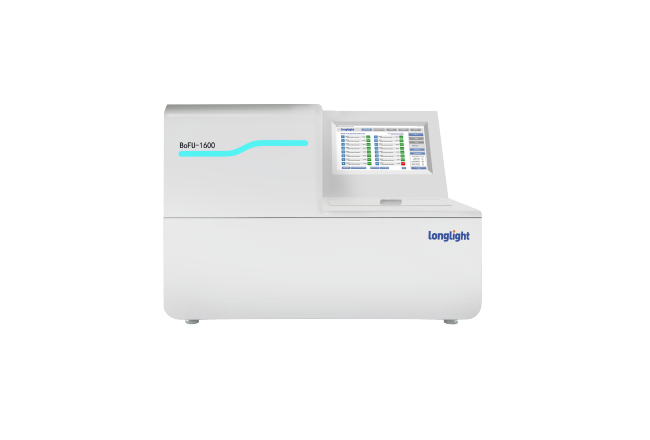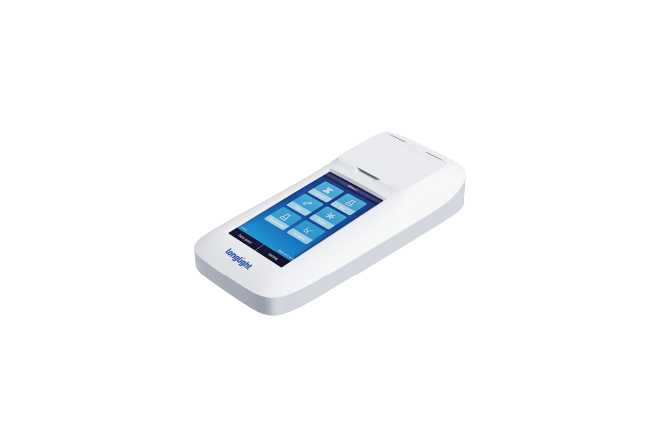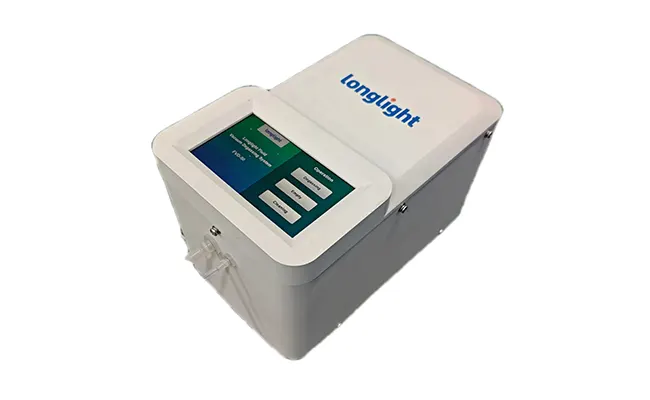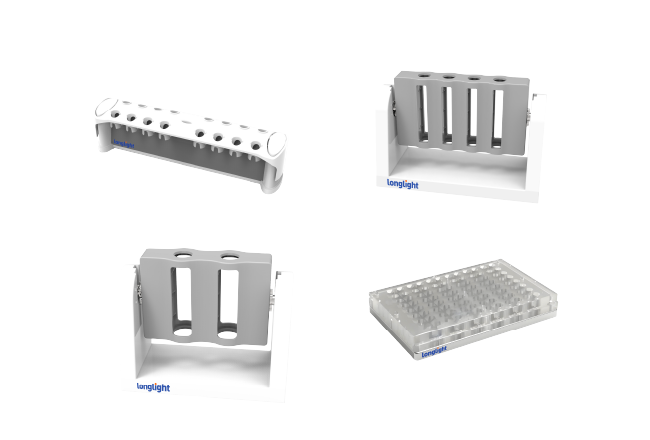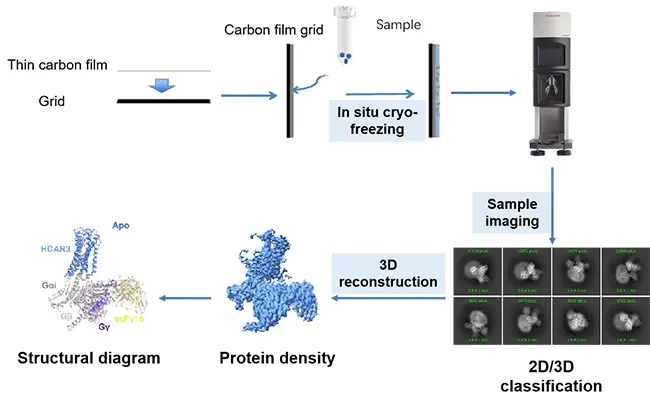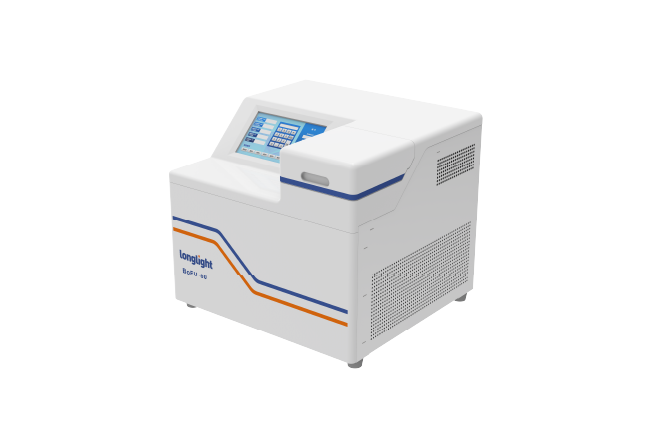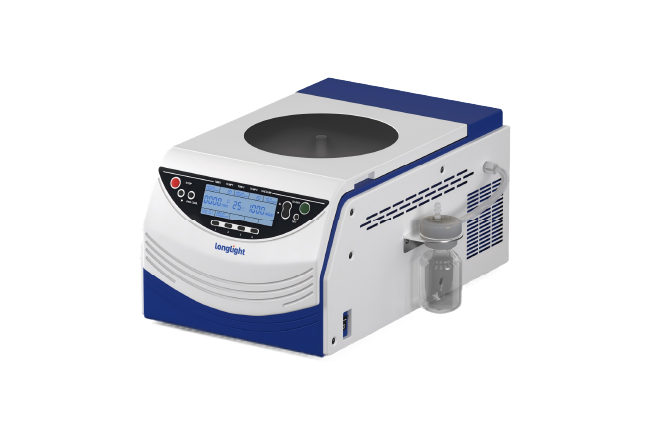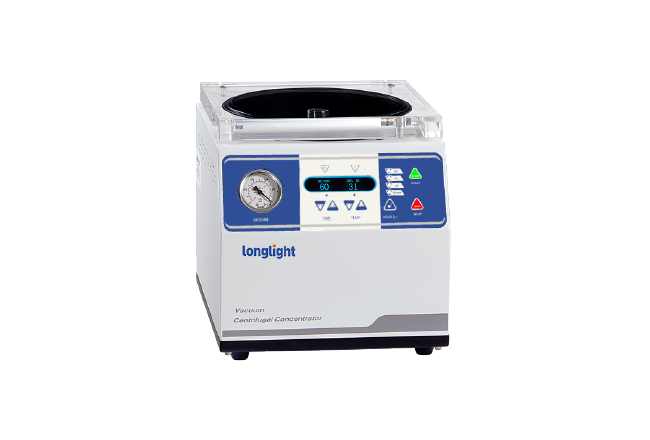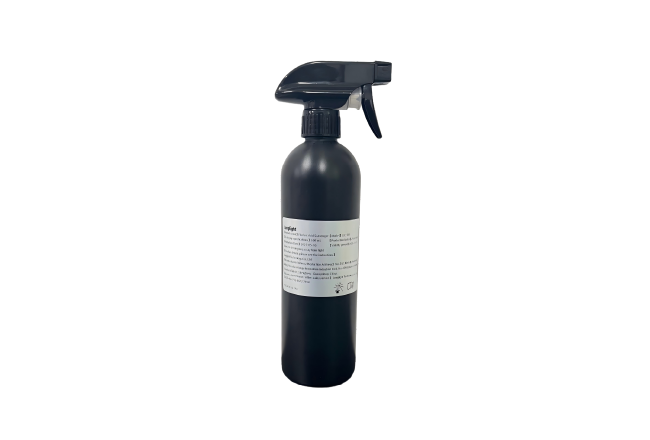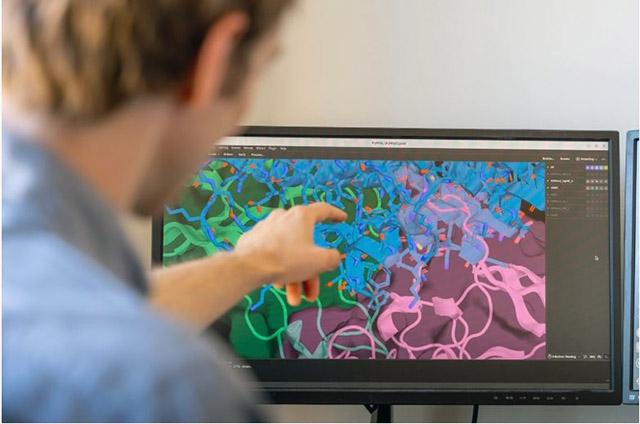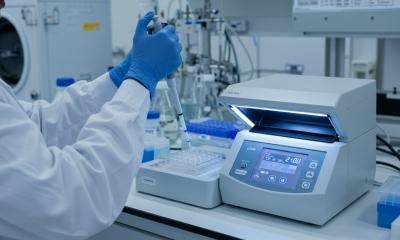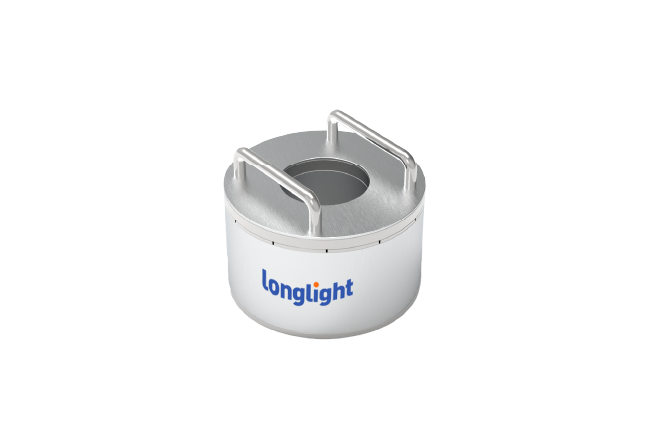Related Post
High-Performance Ultrasonicator For Lab Prevents Reproducibility Failures
2025-09-24Lab ultrasonicators have enabled high-impact international research, from precise chromatin fragmentation in ENCODE’s ChIP-seq maps and TCGA/1000 Genomes library prep to liquid-phase exfoliation of graphene and other 2D materials that catalyzed printable-electronics studies worldwide, and sonication-assisted lysis/dispersion in COVID-19 multi-omics pipelines. These instruments deliver controlled amplitude, pulse duty, and temperature management for reproducible, low-bias processing. Application areas include rapid cell/tissue lysis; DNA/RNA shearing for NGS; protein extraction and solubilization; chromatin shearing for epigenomics; nanoparticle and pigment dispersion; liposome/nanoemulsion preparation; degassing; environmental and microbiome sample prep; polymer and catalyst ink homogenization; food/cosmetic emulsification; and pre-LC-MS workflows. Rugged probes and closed-vessel systems support high-throughput, contamination-aware labs. High-Performance Ultrasonicator For Lab is how Longlight Technology turns messy sample prep into reproducible results, even when stubborn cells and multi-step workflows get in the way.
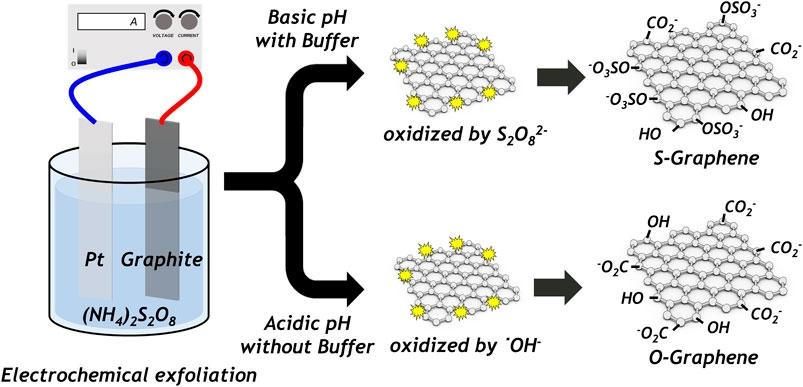
(Frontiers | Highly Water-Dispersible Graphene Nanosheets From Electrochemical Exfoliation of Graphite)
Reproducibility Starts With Controlled Energy Delivery
At Longlight Technology, we meet the same problem in clinical and research labs: difficult-to-break microorganisms derail MALDI-TOF identification and downstream analysis. Mycobacteria and filamentous fungi do not yield easily. Teams often load large amounts of biomass and run extra steps – ethanol inactivation followed by formic acid-acetonitrile wall-breaking – just to extract enough protein for a read. Every added touch point invites variance, slows throughput, and increases exposure risk.
Our approach is simple: concentrate acoustic energy where it matters – the sample. A High-Performance Ultrasonicator For Lab focuses ultrasound into the tube, improving strain-breaking efficiency and raising the protein extraction yield from the same starting biomass. In day-to-day use, that shift translates to more confident identifications and fewer reruns on MALDI-TOF systems from providers such as bioMérieux, Bruker, and Autobio. You do not need to change your identification platform; you upgrade the step that holds results back.
Energy control also supports consistency across users. Because the ultrasound field is confined to the sample container in an isothermal, non-contact water-bath environment, there is no guesswork about coupling or drift. The process is stable by design. Less energy is wasted. More energy reaches the cells you need to lyse. The outcome is not just faster – it is repeatable.
• What Changes When Energy Is Focused
Ultrasound has a natural solubilizing effect. When focused correctly, the extractant penetrates thick cell walls quickly and achieves an effective break without lengthy cycles. Under the same biomass, you release more proteins for analysis, which supports higher detection rates and steadier results across batches. That reliability is the foundation of reproducible science.
Minutes, Not Hours: A Safer, Leaner Workflow
Reproducibility depends on clean, short workflows. Our High-Performance Ultrasonicator For Lab makes sample handling direct: add the colony to the extractant in a closed tube, sonicate, and move on. The ultrasonic step takes about 60 seconds; the entire process is typically under five minutes. Because the tube stays closed, you reduce cap-opening cycles and cut unnecessary touches that invite contamination of both operator and bench.
Small inputs are enough. As little as 1-2 colonies – such as mycobacteria or Nocardia – or a small number of spores can provide ample protein for detection. That matters when clinical material is scarce or precious. It also reduces the temptation to “overload” samples in order to compensate for low efficiency, a habit that dilutes comparability across runs.
• Closed-tube processing lowers contamination risk and simplifies training
• Minimal input (1-2 colonies or a few spores) still delivers strong protein yield
• Under-five-minute total process supports rapid decision-making and higher daily throughput
The time you save compounds quickly. Faster extractions remove bottlenecks before MALDI-TOF, shorten the path to result sign-off, and free instruments for more runs per shift. Just as important, a short and sealed workflow reduces environmental exposure for staff and limits chances for error. When steps are few and well defined, results align across operators and across sites.
✅ Small Inputs, High Confidence
The benefits are clearest with tough organisms. Mycobacteria and filamentous fungi often resist lysis and undercut identification rates. Focused ultrasound gives these targets the energy density they require without stretching your protocol. The process remains compact, repeatable, and safe. In practice, that means your most problematic samples can move through the same streamlined path as your routine ones.
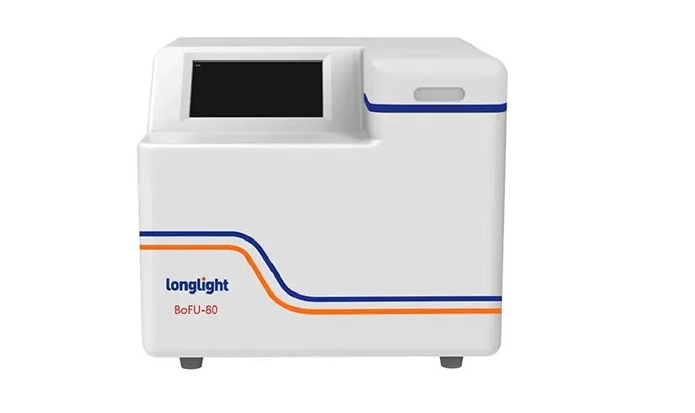
Standardized Results Across Teams and Applications
Speed is only half the story. Reproducible labs depend on standardized outputs, regardless of who runs the protocol or when. Our instruments are carefully calibrated to deliver uniform performance across units. A sensitive temperature-control system protects samples from heat generated during sonication, helping preserve proteins and nucleic acids. By reducing manual handling and exposure, the workflow cuts operator-introduced error and aligns results across teams, shifts, and locations.
The same platform supports a range of sample-prep tasks beyond microbial ID. Teams use it for cell lysis, proteomics workups, and chromatin studies. It also fits DNA/RNA and chromatin shearing, FFPE extraction, and tissue lysis. In SEO terms, many users search for ultrasonic sample preparation for MALDI-TOF or focused ultrasonic cell lysis for mycobacteria – two long-tail needs that our focused energy approach serves well. The system’s compact, desktop-friendly design makes it easy to place at the point of use, close to your microbiology bench or molecular workspace, so it supports urgent cases as well as routine runs.
Because the High-Performance Ultrasonicator For Lab confines the ultrasound field to the sample container, it avoids the energy loss seen in traditional water-bath or probe devices. The result is a consistent acoustic environment that produces stable outcomes with fewer variables to tune. When every operator can follow the same short set of steps and the hardware responds the same way every time, reproducibility becomes a default, not an aspiration.
Built for the Bench You Already Have
Longlight Technology focuses on practical deployment. The system is compact and designed for everyday use. It brings cost advantages and strong service support so teams can keep moving without disruption. You get controllable, focused energy that supports improved detection rates while protecting sample integrity in an isothermal, non-contact water-bath environment. No elaborate retrofits. No fragile workarounds. Just a cleaner, faster lane from colony to confident call.
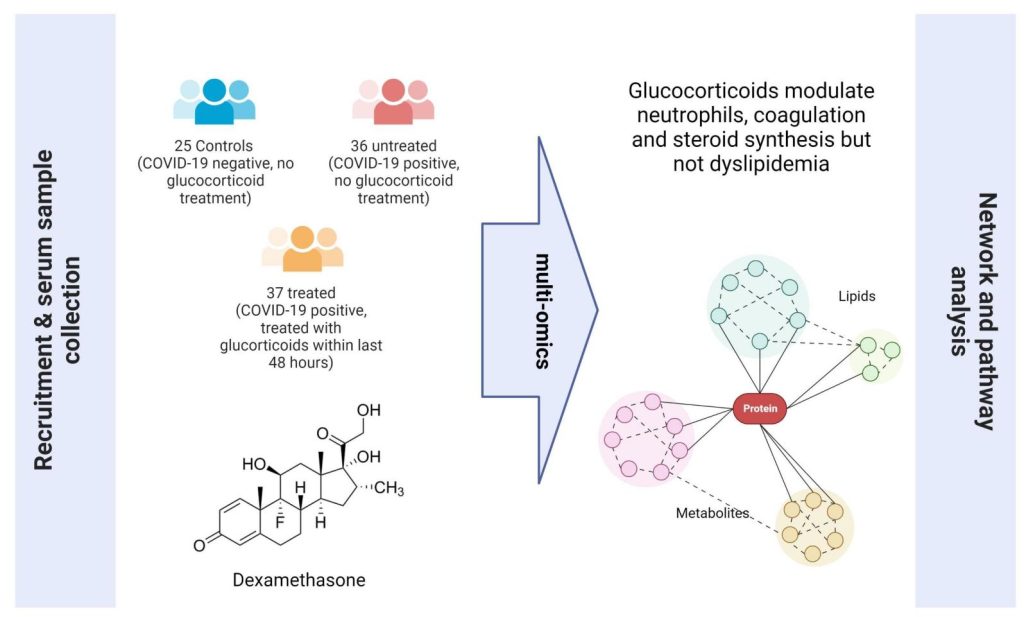
(Multi-Omics Reveals Mechanisms of Partial Modulation of COVID-19 Dysregulation by Glucocorticoid Treatment)
In our experience, labs do not need more complexity; they need fewer variables. A High-Performance Ultrasonicator For Lab reduces the steps that multiply noise, keeps hazardous materials contained, and gives you steady protein output from limited input. When a method can extract more from the same biomass, your MALDI-TOF systems spend less time repeating borderline runs and more time delivering clear identifications. That efficiency shows up in throughput metrics and in the confidence of the scientists who sign the results.
Call to Action: If reproducibility issues are slowing your MALDI-TOF pipeline – or if hard-to-break organisms keep forcing reruns – talk with Longlight Technology. Request a quick demo, share a pilot sample set, or ask us to map our focused workflow to your current protocols. Let’s make sample prep a reliable five-minute step with the High-Performance Ultrasonicator For Lab, so your team can spend more time interpreting results and less time fixing them.

